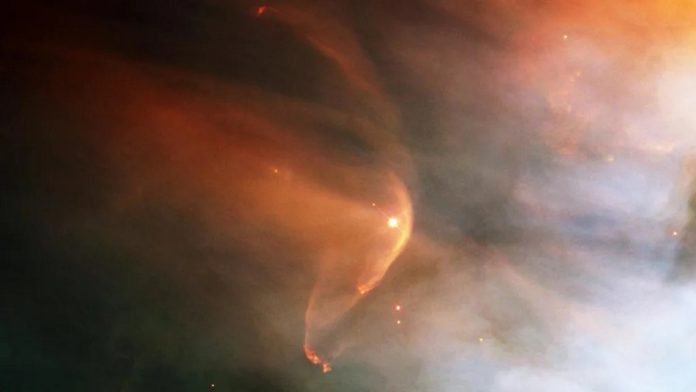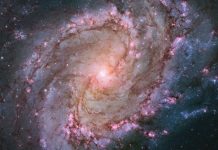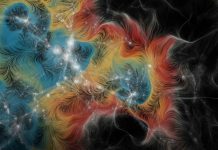
For the first time ever, a team of international scientists has made a groundbreaking discovery by directly measuring the stellar winds from three stars that resemble our Sun.
This important research, led by Kristina Kislyakova from the University of Vienna, was recently published in Nature Astronomy.
By using the XMM-Newton space telescope, the scientists were able to see the X-ray emissions from the stars’ outer atmospheres, known as astrospheres.
Stars like our Sun blow out winds made of particles like protons and electrons, and these winds create large, hot plasma bubbles in space.
Understanding these stellar winds is crucial because they can influence how planets evolve, either turning them into habitable worlds or lifeless rocks.
The winds can strip away planetary atmospheres over millions of years, significantly affecting the planets’ ability to support life.
The study focused on three stars named 70 Ophiuchi, epsilon Eridani, and 61 Cygni. These stars are considered to be in the prime phase of their lives, similar to our Sun.
The researchers used a new technique to distinguish the X-rays coming from the stars’ astrospheres from other X-rays in the area. This was challenging due to the faintness of the signals and the large distances to the stars.
By analyzing the X-ray spectral lines, particularly those from oxygen ions, the team could estimate the amount of mass lost from these stars due to their winds.
The findings showed that the stellar winds of these three stars are much stronger than our Sun’s wind, likely due to more intense magnetic activity in those stars.
Kristina Kislyakova explains that observing these X-ray emissions in distant stars is tricky but provides valuable insights into the composition of stellar winds. The technique developed by her team marks the first time such emissions have been detected and helps clarify the interaction between the stellar winds and the surrounding space.
Manuel Güdel, a co-author of the study, highlights that this achievement follows decades of efforts to understand stellar winds from Sun-like stars.
Before this study, scientists only had indirect evidence of these winds. This new method of directly observing the winds through X-rays marks a significant advancement.
Looking ahead, this method promises even more detailed observations with upcoming high-resolution instruments like the X-IFU spectrometer of the European Athena mission.
Dimitra Koutroumpa, another co-author, notes that the enhanced capabilities of future tools will allow scientists to study even fainter signals and provide further insights into how these stellar winds work.
This pioneering research not only adds a crucial piece to the puzzle of how stars and planets evolve but also sets a benchmark for future studies on the winds of Sun-like stars.



